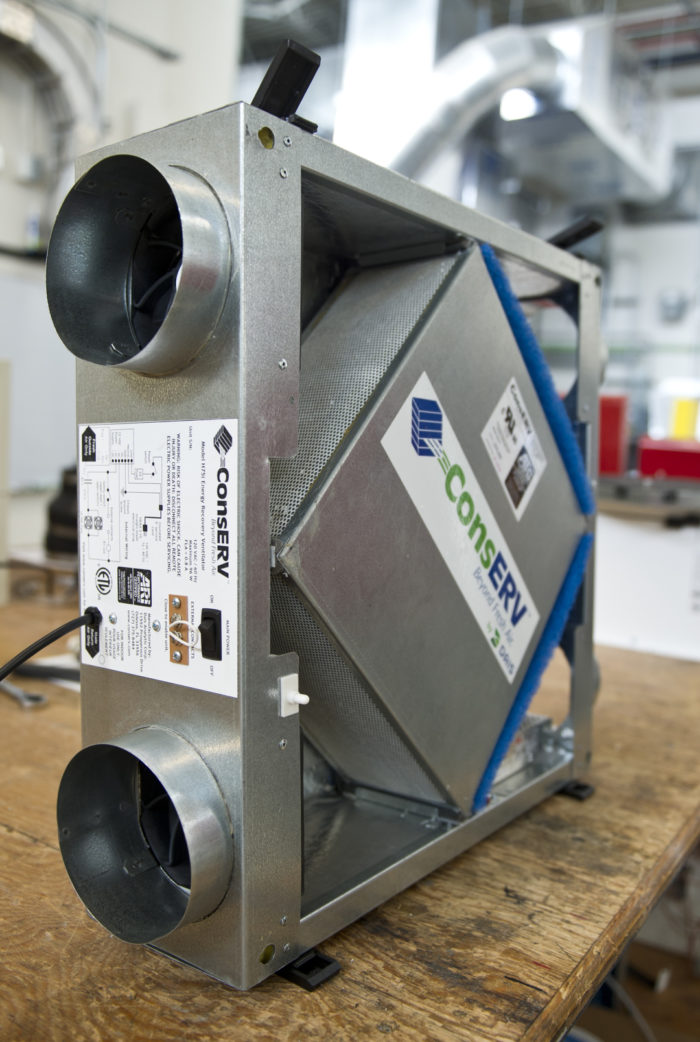The All-Inclusive Guide to the Uses of Heat Recovery Ventilation in Modern Structures
Heat Recovery Ventilation (HRV) systems represent a considerable improvement in building innovation (HRV Heat Recovery Ventilation). They provide a method for trading stale indoor air with fresh exterior air while reducing energy loss. This approach not just improves indoor air top quality but additionally adds to power efficiency in both household and commercial structures. Understanding the various applications and benefits of HRV can disclose its crucial function in modern-day design and sustainability initiatives. The implications of this modern technology deserve exploring further
Understanding Heat Recovery Ventilation Solutions

Although many modern-day buildings prioritize power effectiveness, recognizing warmth recuperation ventilation (HRV) systems is important for maximizing interior air quality and decreasing energy intake. HRV systems work by moving warm from stagnant interior air to inbound fresh air, effectively maintaining comfy interior temperature levels while minimizing energy loss. These systems contain a heat exchanger, fans, and ductwork that facilitate the circulation of air. During winter, HRV units record and recycle warmth from the outgoing air, while in summer, they can assist cool down incoming air. By continually trading air, HRV systems likewise minimize moisture and the focus of indoor pollutants. Proper installment and upkeep of HRV systems are crucial for their performance and performance in improving general building efficiency and comfort.
Benefits of Heat Recovery Ventilation
Heat recovery ventilation systems offer numerous advantages that improve both energy efficiency and interior air top quality in modern buildings. By recording and recycling energy from exhaust air, these systems greatly lower heating & cooling prices, resulting in reduced energy intake. In addition, they preserve a steady circulation of fresh outdoor air, decreasing the danger of interior air contaminants and allergens. This continuous exchange assists regulate moisture levels, stopping mold growth and ensuring a healthier living setting. Additionally, HRV systems add to sustainability objectives by decreasing total carbon footprints. Their capacity to enhance air flow without compromising thermal convenience makes them an important enhancement to contemporary structure design, advertising both economic and environmental advantages.
Applications of HRV in Residential Buildings
As home owners increasingly prioritize power performance and indoor air high quality, the applications of warm recovery air flow (HRV) systems in property buildings have become a lot more widespread. HRV systems are particularly valuable in securely sealed homes, where preserving fresh air circulation is important for avoiding dampness buildup and indoor contaminants. They efficiently move warm from outbound stale air to inbound fresh air, reducing energy prices connected with home heating and air conditioning. Additionally, HRVs can enhance comfort levels by regulating humidity and temperature level. They are additionally adaptable for different residential designs, including single-family homes and multi-unit buildings. Overall, integrating HRV systems sustains lasting living practices while making sure a healthier indoor environment for occupants.
HRV in Commercial and Commercial Setups
In industrial and industrial settings, the execution of warmth healing air flow (HRV) systems has actually become significantly important for enhancing energy efficiency and preserving air quality. These systems effectively move warmth from exhaust air to incoming fresh air, decreasing the demand for added heating or cooling. This not just decreases power expenses but additionally adds to sustainability efforts. Industries such as visit the site manufacturing, warehousing, and workplace buildings profit considerably from HRV systems, as they assist control temperature level and moisture degrees, making sure a comfortable and effective atmosphere. Additionally, HRV systems help in eliminating pollutants and excess moisture, boosting interior air top quality. As policies around air quality become more stringent, the fostering of HRV technology is most likely to grow, making it an important element of modern-day commercial and industrial infrastructure.
Future Fads in Heat Recovery Ventilation Technology

Regularly Asked Questions
How Does Heat Recovery Ventilation Impact Indoor Air Quality?
Heat recovery ventilation greatly enhances interior air high quality by continually trading stale indoor air with fresh exterior air while recouping energy. This process reduces toxins, preserves suitable humidity levels, and i loved this assures a healthier environment straight from the source for residents.
Can HRV Solutions Be Set Up in Existing Structures?
HRV systems can indeed be set up in existing buildings. Retrofitting might need adjustments to ductwork and ventilation layouts, but it substantially improves power performance and indoor air top quality, making it a feasible option for older frameworks.
What Maintenance Is Required for HRV Solutions?

Exist Particular Climates Where HRV Is More Efficient?
Heat recovery ventilation systems are especially effective in environments with significant temperature level differences in between seasons. These systems maximize energy performance by recuperating warmth from exhaust air, making them suitable for both chilly and reasonably warm settings.
How Do HRV Equipments Affect Energy Costs?
